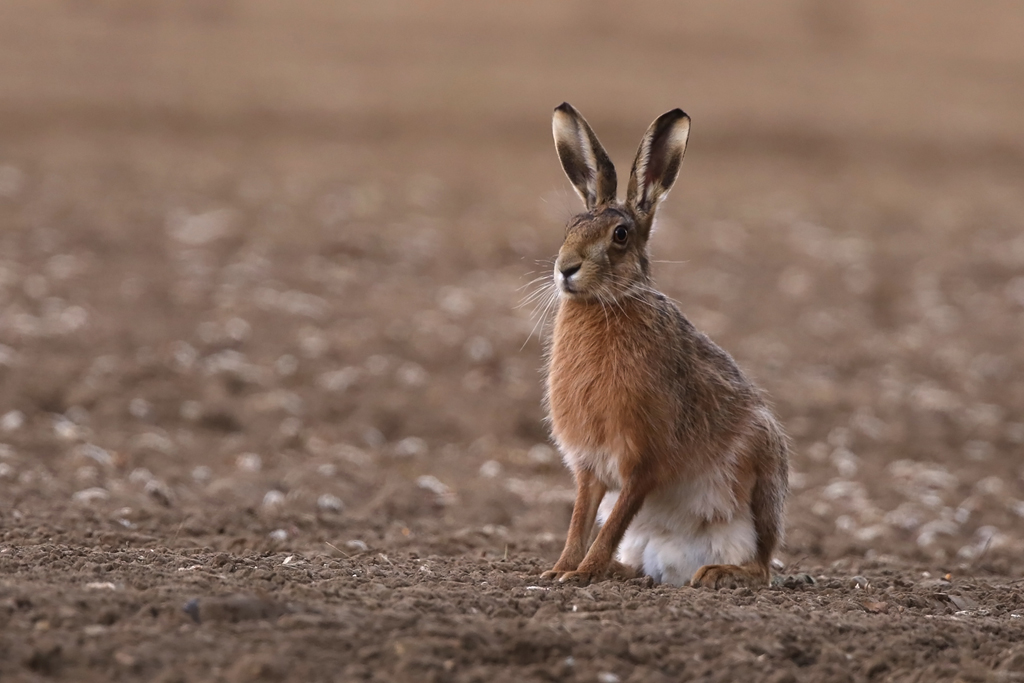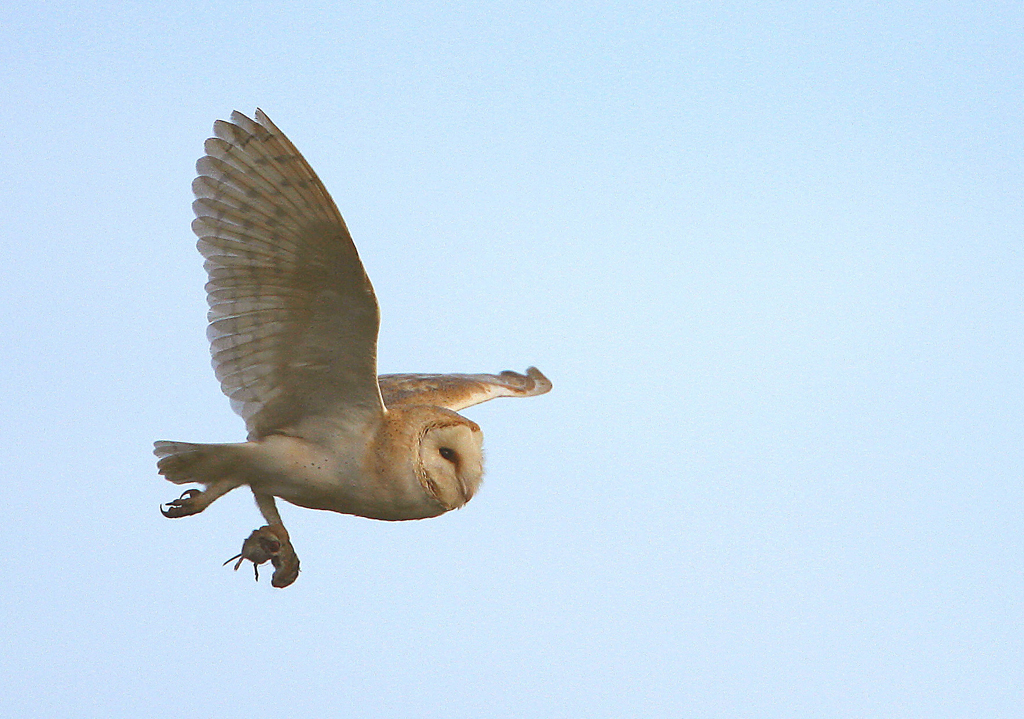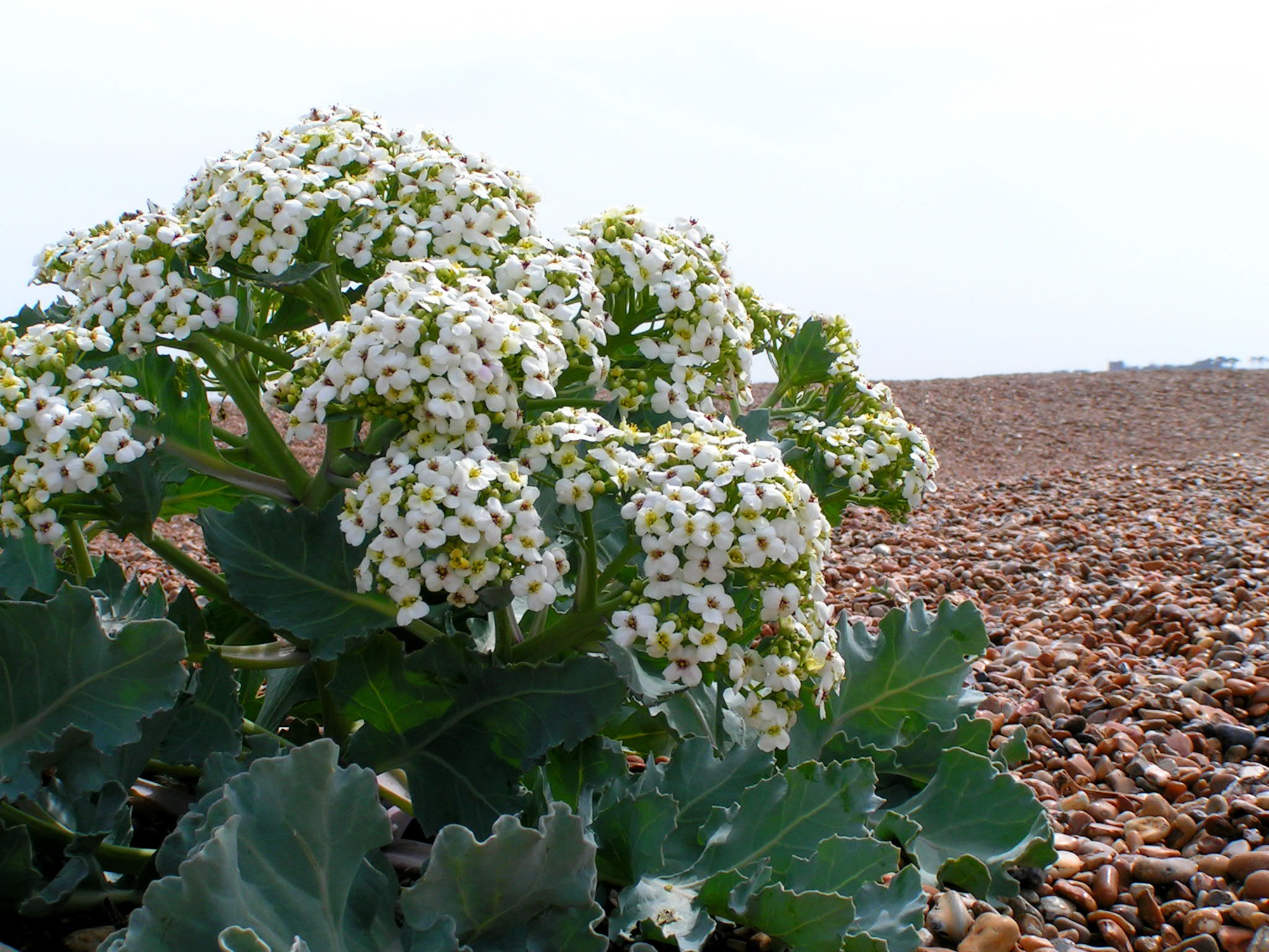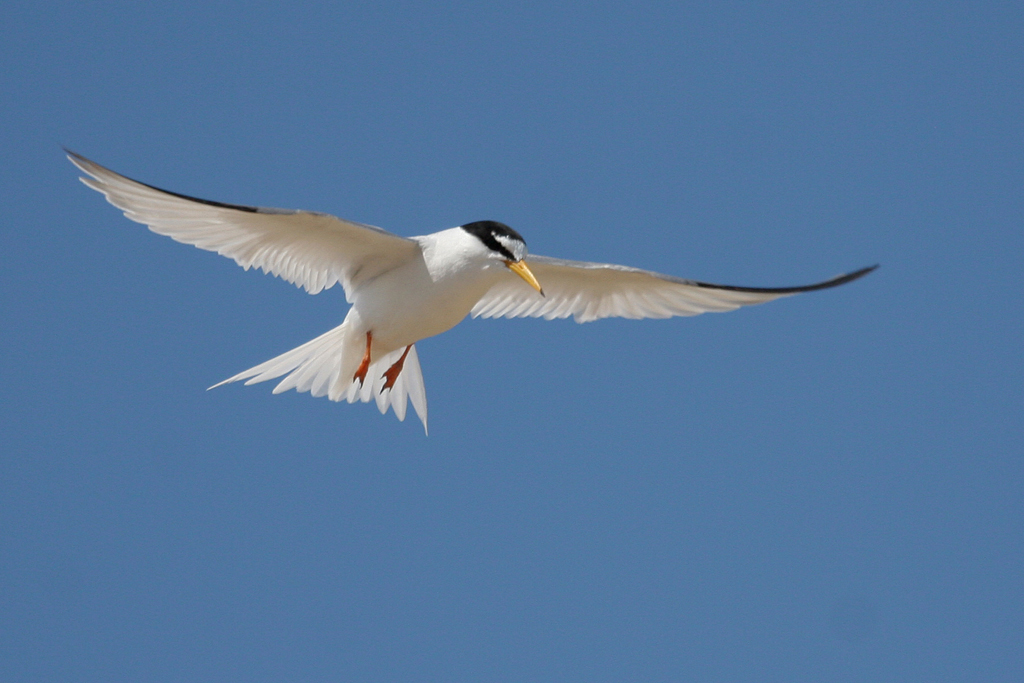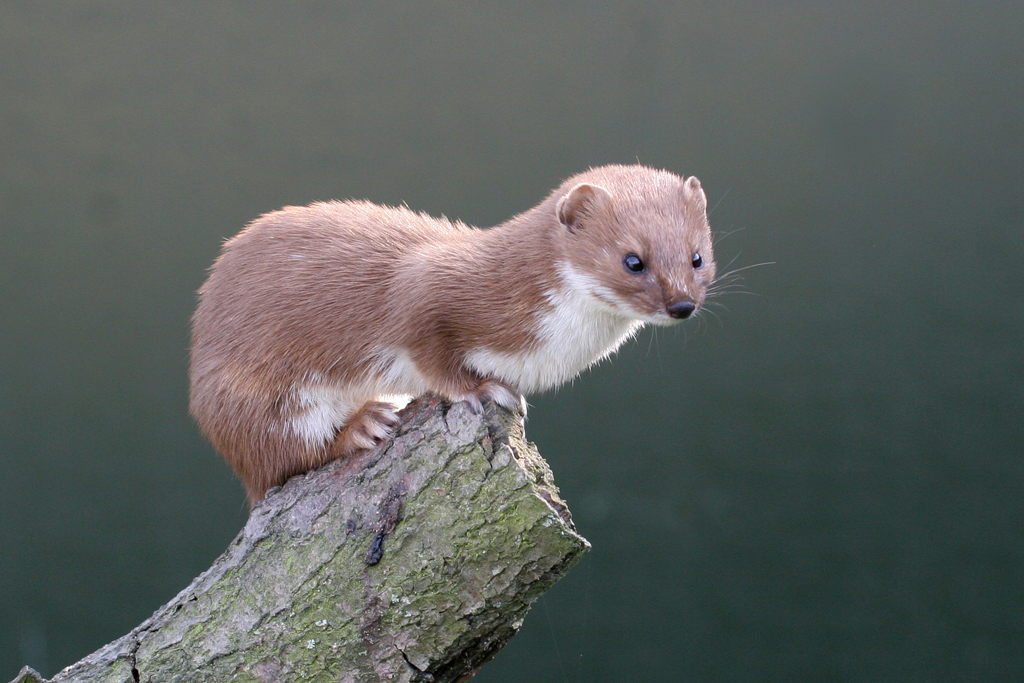I’ve had some big game in the garden at night recently – two elephants, three tigers and a leopard for starters. Also a menagerie of smaller creatures, including: a fox, puss, kitten, mouse, some tabbies, several hummingbirds and peacocks, lots of pugs and even a shark, though I’m still hoping for my first lobster and goat. No, this isn’t some radical Shingle Street rewilding exercise; these are just a few of the weird and wonderful names of the moths that grace our gardens every night and lurk unseen in them by day. Mention moths and most people immediately think of clothes moths. These are the moths referred to in the Bible, where we are advised not to lay up our treasures on earth ‘where moth and rust doth corrupt’. But there are only two kinds of clothes moths in the UK – really tiny ones, and in any case it’s their larvae (caterpillars) that cause the problem. You might be amazed just how many other kinds of moths there are out there – some 2,500 kinds in the UK as a whole. And with the expert help of Nick Mason, our local moth-er (don’t forget the hyphen), I’ve found a remarkable tally of over 350 different species just in my own back garden. Most moth species were first identified and named by naturalists in the eighteenth and nineteenth centuries and they bequeathed to us this wonderful lexicon of names, not just the animal ones mentioned above but a whole treasure-house of footmen, quakers, wainscots, rustics, lutestrings, carpets, fanfoots, tussocks, darts and daggers. There are also some wittily intriguing ones like the Uncertain, the Suspected and the Confused. How splendid to know that we have living amongst us a Setaceous Hebrew Character, a Pebble Prominent and the lovely Merveille du Jour.
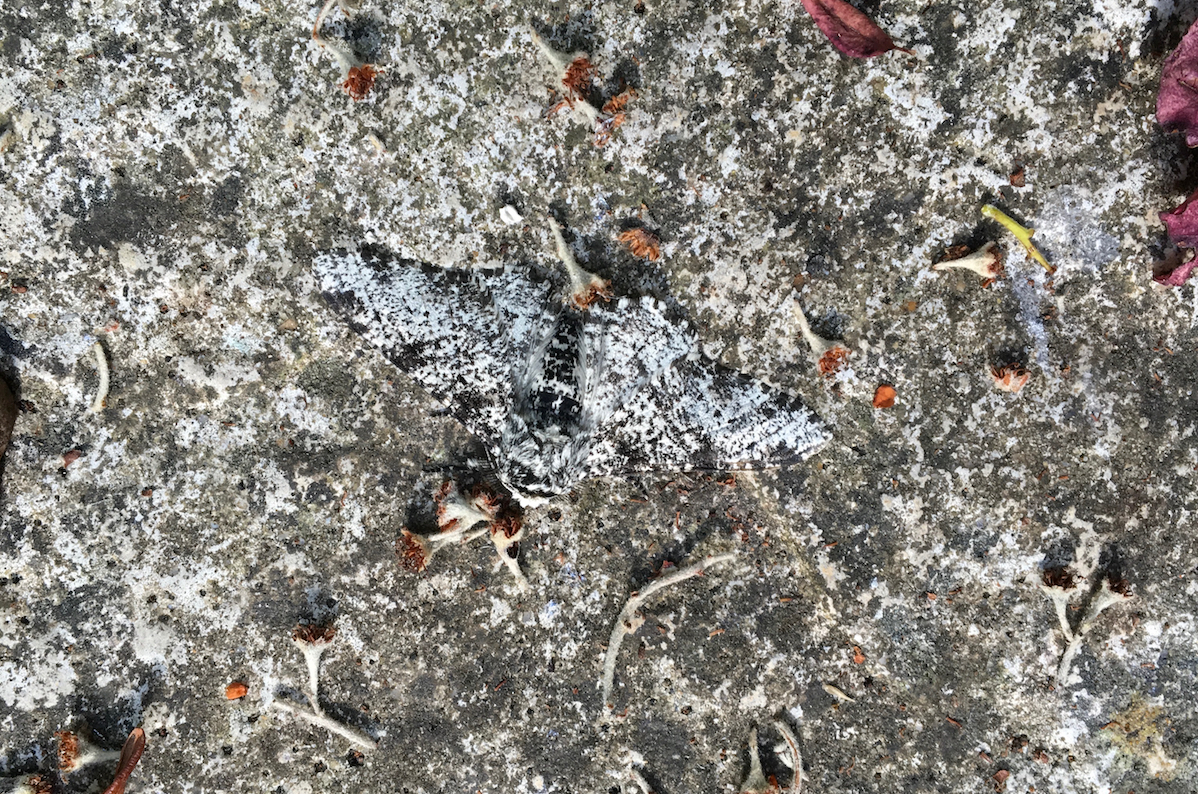
Moths matter. They’re an index of the health of our environment. Readers of my generation will remember the ‘moth snowstorms’ we used to get years ago on our car windscreens. Not anymore. Despite the captivating diversity I mention above, moth abundance has declined dramatically in recent years. Disastrously too, since moths are a key part of the larger eco-system: they pollinate plants, and their caterpillars are a crucial food-source for birds, just as the adults themselves are for bats and for birds like our heathland nightjars. Hence the elaborate camouflages they adopt – as in the featured Peppered Moth blending perfectly with the blotches on my paving.
Moths are also beautiful when you see them close-up. Take a look at the ones on the Shingle Street website under Gallery.
Heretical to say it, but they make the gaudier butterflies look almost vulgar.
Jeremy Mynott
August 2022




